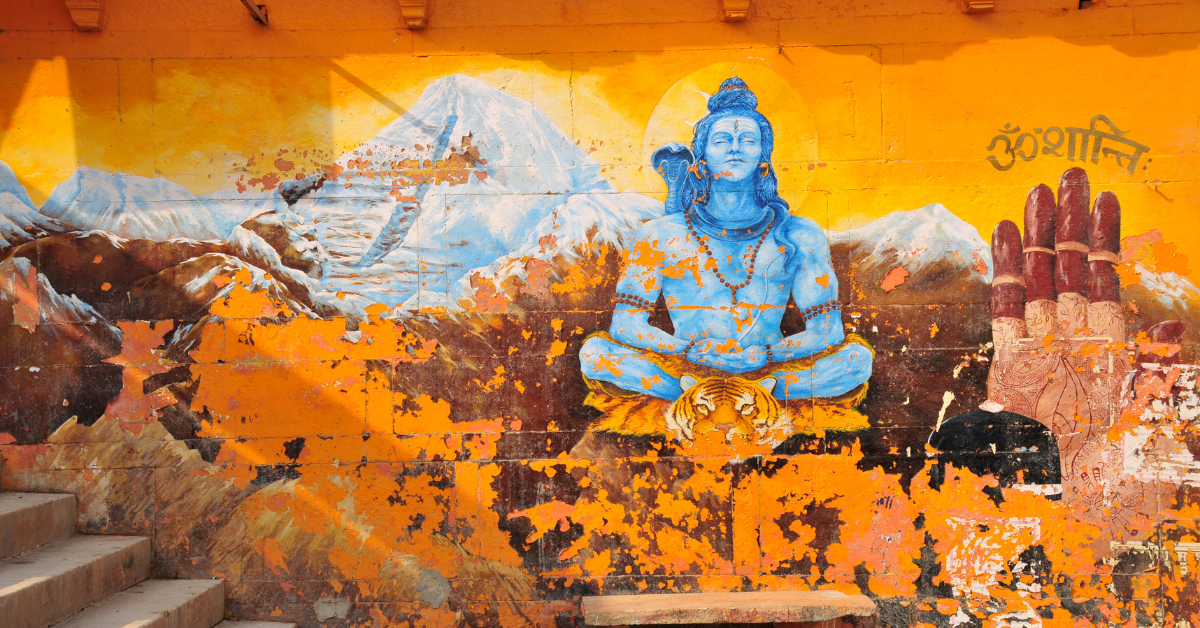India captivates Japanese people through its historical heritage, diverse cuisine, rapidly growing economy, and the warmth of its people. This article explores how each of these elements attracts Japanese interest and motivates travel, business, and cultural exchange.
Experiencing the Depth of Culture and History
India is a country with thousands of years of history, where diverse religions and cultures have fused together. World Heritage sites such as the Taj Mahal and the Ajanta–Ellora Caves captivate visitors with their beauty and grandeur. These monuments embody the spirit of Hinduism, Buddhism, Islam, and Jainism, allowing visitors to feel the multi-layered nature of the culture.
In addition, Gandhi’s independence movement and philosophy deeply inspire Japanese visitors. Visiting local museums offers an understanding far more vivid than textbooks can provide. Furthermore, yoga and Ayurveda are increasingly recognized worldwide as wisdom for balancing body and mind, and are popular among Japanese travelers.
| World Heritage Site | Location | Features |
|---|---|---|
| Taj Mahal | Agra | Mughal Empire’s symbol of love |
| Ajanta Caves | Maharashtra | Treasure trove of Buddhist art |
| Ellora Caves | Maharashtra | Symbol of religious fusion |
| Qutub Minar | Delhi | Masterpiece of Islamic architecture |
| Khajuraho Temples | Madhya Pradesh | Pinnacle of sculptural art |
Diverse and Profound Food Culture
Indian cuisine is far more than just “curry.” Northern India offers butter chicken and naan, Southern India serves dosa and sambar, Western India is famous for Goan curry, and Eastern India delights with fish curry — each region has its own distinct personality. Spices bring significant health benefits: turmeric offers antioxidant effects, while cumin aids digestion.
| Region | Signature Dishes | Characteristics |
|---|---|---|
| North India | Butter Chicken, Saag Paneer | Rich and creamy flavors |
| South India | Dosa, Sambar | Fermentation and tangy notes |
| West India | Goan Curry | Rich coconut aroma |
| East India | Fish Curry | Seafood and mustard aroma |
| Central India | Dal Bhat | Simple, home-style taste |
Furthermore, the abundance of vegetarian dishes is another appeal for Japanese visitors. Many Indians refrain from eating meat for religious reasons, allowing travelers to enjoy healthy meals centered around beans and vegetables.
Rapid Economic Growth and Business Opportunities
India is known as “the growth engine of the world” and is an emerging economic powerhouse. In the IT sector, Bangalore is recognized globally as a high-tech hub, attracting numerous Japanese companies.
With a large young population, India offers both labor force and consumer market potential. Moreover, English is widely spoken, making it easier for Japanese companies to conduct business locally.
| Sector | Features | Japanese Involvement |
|---|---|---|
| IT & Software | World-class technical skills | Establishment of development hubs |
| Manufacturing | Strong cost competitiveness | Automobile plants and parts production |
| Pharmaceuticals | Growing global share of generics | Partnerships and joint research |
| Infrastructure | Urban development and railways | High-speed rail projects |
| Tourism | Increasing foreign visitors | Hotels and travel agency expansion |
Warmth and Values of the People
The people of India are full of hospitality. If you get lost, someone will approach to help, and if invited into a home, you’ll be welcomed with chai.
The culture of valuing family is similar to Japan’s traditional family views, creating a sense of familiarity. Additionally, the national character of valuing self-expression and open discussion is a refreshing experience for Japanese visitors.
| Traits | Similarities with Japan | Differences from Japan |
|---|---|---|
| Family-oriented | Importance of family gatherings | Common to live with extended family |
| Community spirit | Strong ties with neighbors | Entire towns often help each other |
| Self-expression | Sharing traditional culture | Actively voicing opinions |
Diversity of Tourism Experiences
India’s vast territory offers a wide variety of tourism resources. In the north, you can trek the Himalayas; in the south, you can enjoy houseboat experiences in Kerala; in the west, camel safaris in the Rajasthan desert await.
| Region | Tourist Spot | Appeal |
|---|---|---|
| North | Leh, Manali | High mountains and Buddhist culture |
| South | Alleppey | Backwater cruises |
| West | Jaisalmer | Desert fortress city |
| East | Puri | Hindu holy city |
| Central | Khajuraho | Artistic sculpture clusters |
Conclusion
Japanese people are drawn to India because of its magnificent history and culture, regionally diverse cuisine, expanding economy, and the warmth of its people. As a destination for tourism, business, and learning, India will continue to hold a special place in the hearts of Japanese people.






